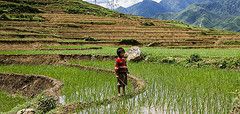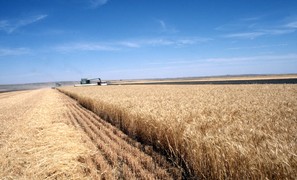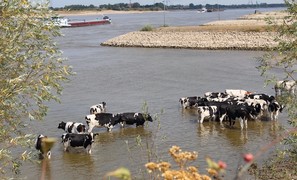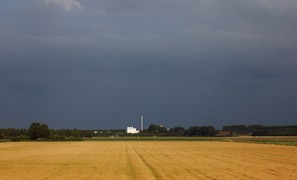Threat to future global food security from climate change and ozone air pollution

Global demand for food is expected to increase by at least 50% from 2010 to 2050 mainly as a result of population growth and a shift towards a more `westernized' diet in developing regions. Both temperature extremes and surface ozone, formed through the photochemistry of precursor gases mainly arising from human activities, are detrimental to crop yields.
The impact of global warming and surface ozone concentration has been projected for 2050 compared with 2010 for two greenhouse gasses emission scenarios: an intermediate pathway with a global reduction in surface ozone due to pollution control measures worldwide (RCP4.5) and a more `pessimistic', energy-intensive pathway with a worldwide increase in ozone except in the US and around Japan (RCP8.5).
According to these projections, more severe ozone pollution (scenario RCP8.5) leads to substantial crop damage on a global scale, reducing global total crop production by 3.6%. In this scenario, ozone pollution and climate change combine to reduce global crop production by 15% between 2010 and 2050. Aggressive pollution control worldwide, however, (scenario RCP4.5) leads to an overall 3.1% increase in global production. According to these results, ozone pollution control (scenario RCP4.5) has the potential to partially offset the negative impact of climate change, leading to a smaller combined global crop production decrease of 9.0%.
Source: Tai et al., 2014. Nature Climate Change 4: 817-821.
Photo: Rory MacLeod (www.flickr.com)






